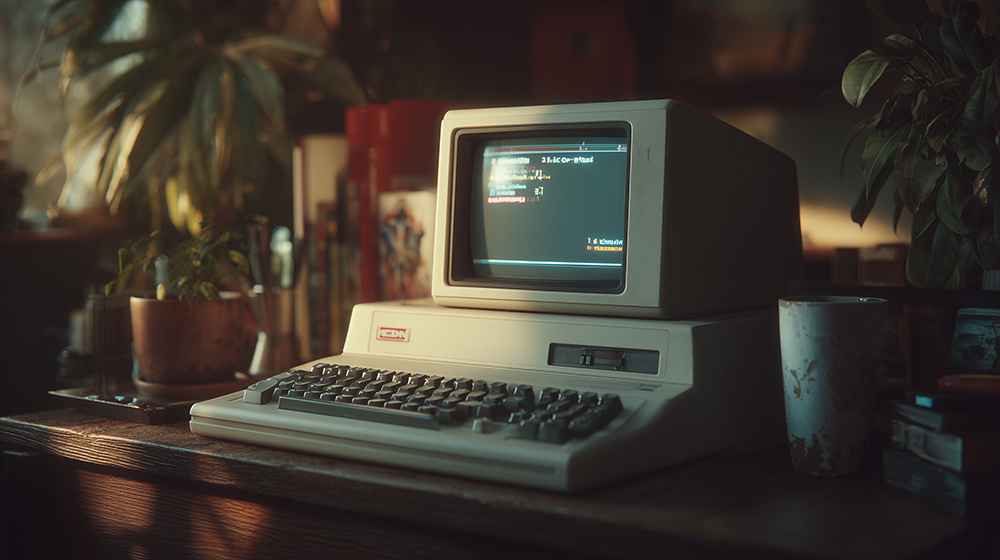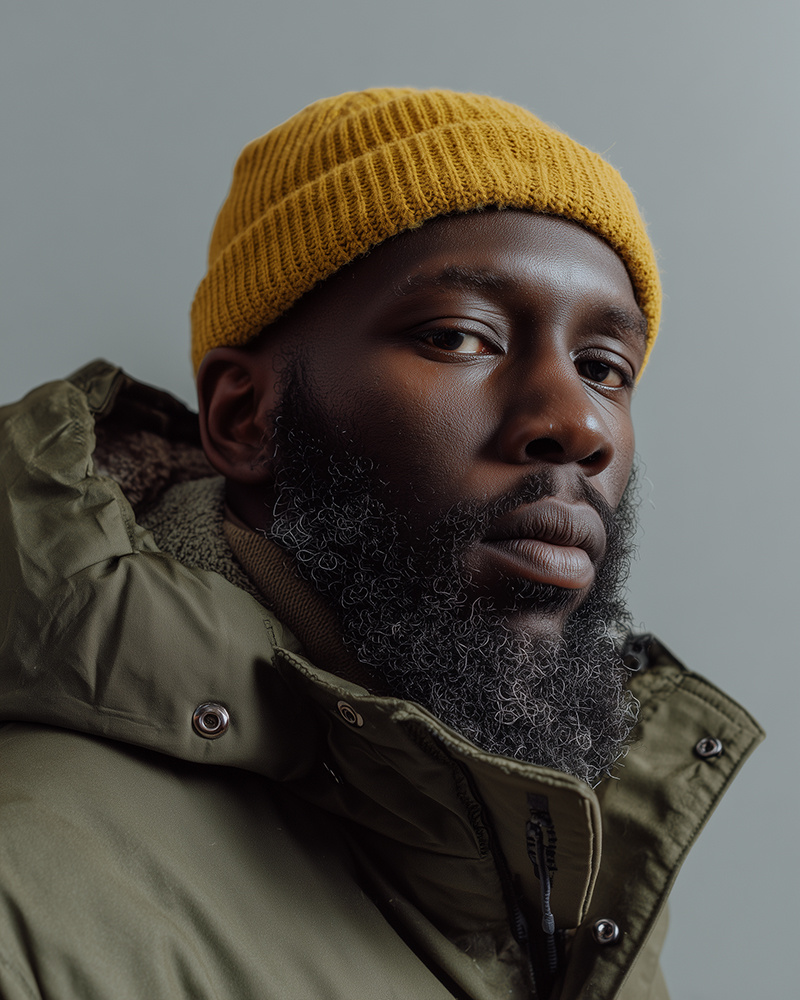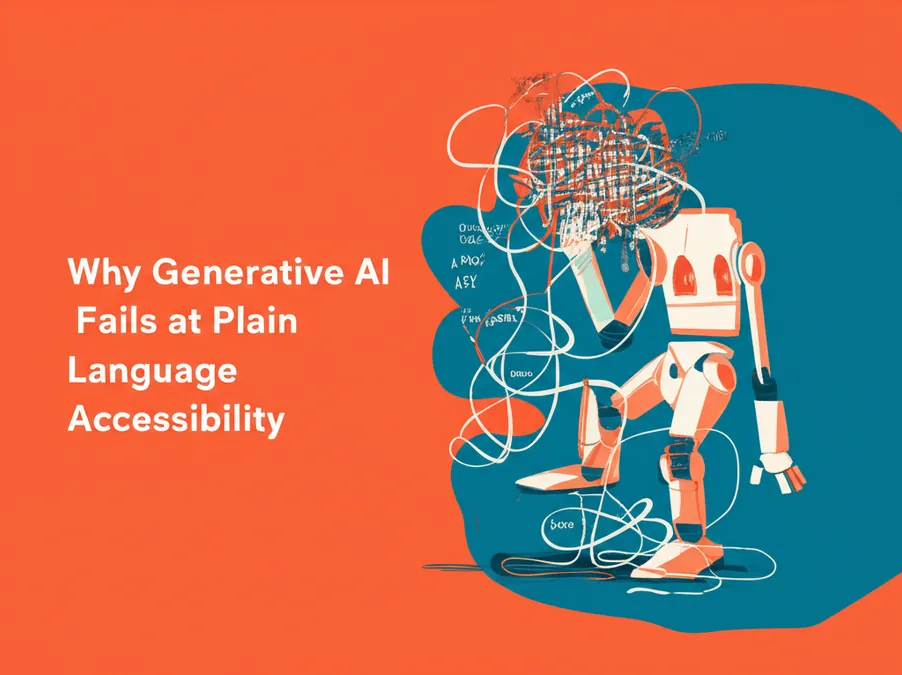Developer Offer
Try ImaginePro API with 50 Free Credits
Build and ship AI-powered visuals with Midjourney, Flux, and more — free credits refresh every month.
An Artists Take on AI Art in 2025
It’s time to revisit the complex and rapidly evolving world of AI-generated film and photography.
An Artist's Reluctant Journey Into AI
Back in September 2022, I wrote an article for Fstoppers titled, The Coming Menace of Artificial Intelligence and How We Can Respond As Artists. At the time, tools like Midjourney, DALL-E, and ChatGPT were just entering the public consciousness, viewed mostly as novelties. As a professional artist, however, I saw these curiosities as the tip of a much larger iceberg.
From the outset, I had two major reservations about AI that remain unresolved. The first was the obvious conflict: artist versus machine. Could a tool that generates realistic images instantly threaten the livelihood of photographers who create images in the real world? The second, and more frustrating issue, is that these AI systems are built upon the widespread, unconsented theft of intellectual property from human artists. It's one thing to face a new competitor; it's another entirely to have your life's work used against you in an already crowded market.
The Unresolved Moral and Business Questions
The fundamental moral question remains how to compensate the artists whose work was stolen to train these AI models. The debate over whether AI can truly capture the emotion and feel of real photography is a matter of 'when,' not 'if.' The tools available today have advanced to a point where even a trained eye can struggle to differentiate AI content from human-generated work. While one could argue it's not perfect yet, the progress over the last three years is undeniable. This technology is advancing faster than any recent innovation and is set to reshape society on the scale of the Industrial Revolution or the birth of the internet.

My own journey with AI has been gradual and begrudging. Even as I wrote about its dangers, I was teaching myself how to use it—it pays to know your enemy. My initial experiments focused on creating still images, then I moved on to animating them realistically, and finally tackled the challenge of syncing dialogue to video.
Watch a showcase of AI-generated films here: Welcome to CFunk AI
New Tools Lowering the Barrier to Entry
My recent video experiments have been driven by the release of Google’s Veo-3, which generates video with sound, and Midjourney’s new video generator. While I've used multiple platforms over the years, the release of Veo-3 feels like a watershed moment. It's not perfect, but it addresses a key market need by combining tasks that previously required multiple AI platforms. The main promise of AI is efficiency, and Veo-3's ability to link sound and video streamlines the process, making it accessible to more users.
For a human artist competing with machines, this is terrible news. From an economic standpoint, however, it’s a smart move that will expand the market and fuel competition. Even with its current limitations, we must remember that today is the worst this technology will ever be.
A Glimpse Into the Future A Remake Experiment
To prove this point, I recently did something I normally hate: a remake. In 2023, I created short teaser videos to explore what was possible with moving AI images. With the exponential growth in technology, I decided to remake one of those early films using modern tools.
Watch the AI fantasy film remake here: Enchanted Valor - An AI Fantasy Film
The results were staggering. It's not the greatest AI film ever, and the inherent AI weirdness is still present, but comparing the 2023 original to the 2025 reboot shows an undeniable leap in capability. Project these improvements another year forward, and the future becomes clear.
So, what does this mean for artists? Should we trade our cameras for laptops? Is humanity obsolete? I don't believe so.
Why AI Is Here to Stay
I can't honestly say AI is just a fad. Its impact on artists is just a small part of a much larger picture. AI is transforming science, business, healthcare, and even warfare. As AI pioneer Geoffrey Hinton noted, the financial interests in military and industrial applications are immense. With so much money at stake, the technology will continue to advance.

At the same time, AI offers legitimate benefits, like analyzing data to help cure diseases or identifying trends to improve society. These benefits, however, depend on ethical human application—a question still unanswered. But because of this potential, AI is absolutely going nowhere.
The Future for Human Artists Coexistence Not Replacement
How do we learn to live with it? My initial fear was a total replacement of human artists. After three years of testing and observation, I now believe AI art will exist alongside human art rather than replacing it. There will be a major economic impact, of course. The arrival of AI won't grow the market; it will simply siphon off a large section, leaving human artists to compete for a smaller piece of the pie.
Think of how photography and video advertising reduced the market for hand-painted billboards. Painting and photography still exist, but their market share shrank. Now, AI enters the mix. Painting, photography, and film won't disappear, but their slice of the pie will get smaller to make room for AI-generated content. As long as there are human consumers, there will be a market for human creators, but the economics of supply and demand will change everything.
Learn more about online infringements here: Legal Lounge: Social Media and Online Infringements
Navigating the Path Forward
Three years after my first article, we've moved from an "AI is coming" world to an "AI is here" world. Many technological and moral questions persist. How far will AI advance in another three years? What is the responsibility of AI companies to support artists displaced by their technology? And how do we properly compensate the artists whose work formed the foundation of these models?
We live in a world of breathtakingly fast technological change. I still have reservations, not just as a Luddite, but because of the deep ethical concerns that need addressing. But dealing with the facts on the ground, AI is here to stay. It is up to all of us to build a society that can harness its benefits while creating guardrails that allow human artists to thrive now and in the future.
Compare Plans & Pricing
Find the plan that matches your workload and unlock full access to ImaginePro.
| Plan | Price | Highlights |
|---|---|---|
| Standard | $8 / month |
|
| Premium | $20 / month |
|
Need custom terms? Talk to us to tailor credits, rate limits, or deployment options.
View All Pricing Details

